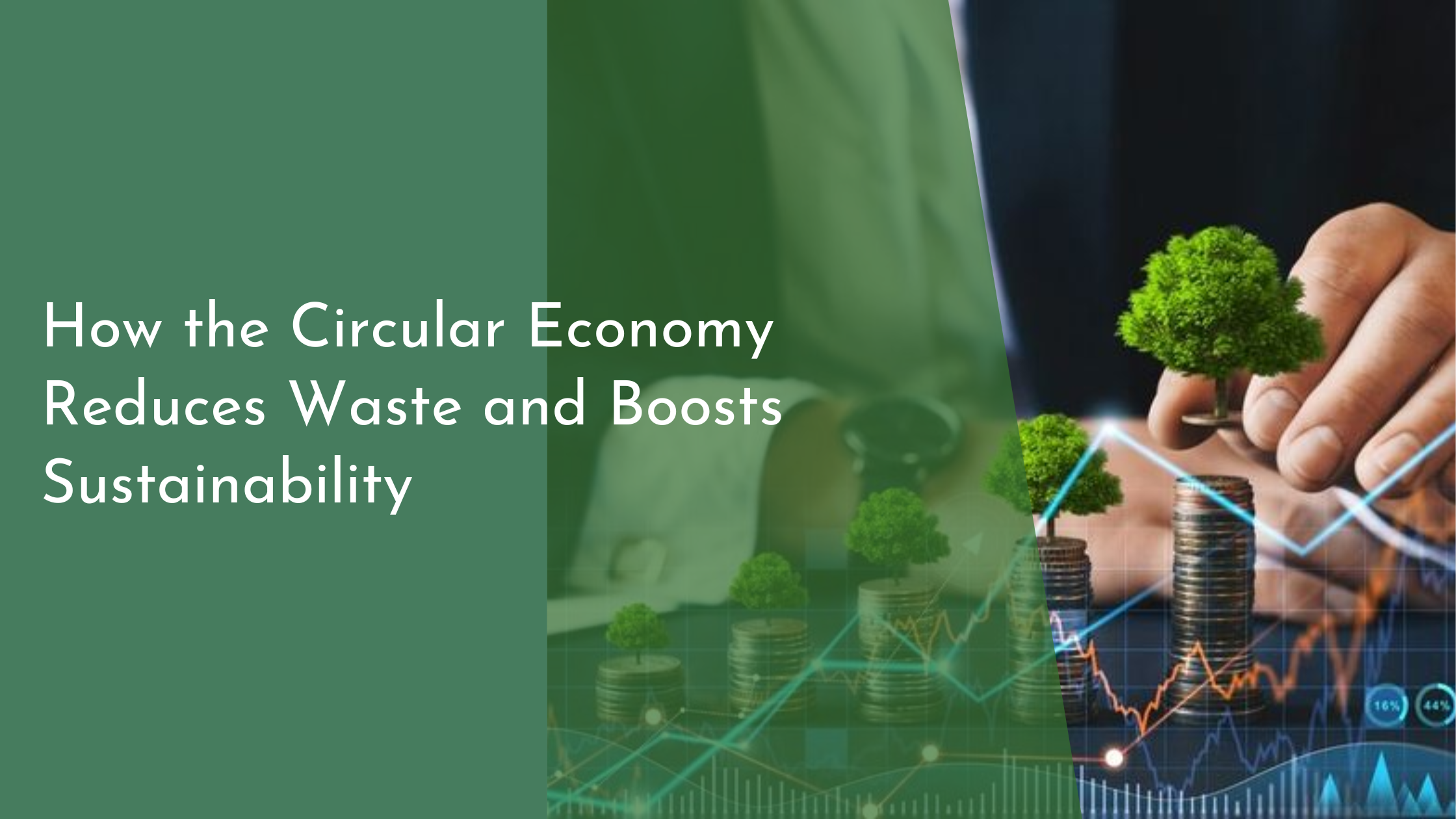How the Circular Economy Reduces Waste and Boosts Sustainability
The circular economy is rapidly gaining attention as a promising model that addresses the environmental challenges of our time, reducing waste and boosting sustainability. Unlike the traditional linear economy, which follows a “take, make, dispose” model, the circular economy emphasizes resource efficiency and regeneration. In this article, we explore how the circular economy concept works, its key principles of waste reduction, sustainable practices in business and industry, and how we can collectively embrace a greener future.
Understanding the Circular Economy Concept
The circular economy is a transformative model that aims to eliminate waste and the continual use of resources by creating closed-loop systems. Its foundational idea is to design products and systems that ensure resources are reused, repaired, refurbished, and recycled. This model breaks away from the traditional linear approach, which often leads to resource depletion and environmental degradation. By maintaining the value of products and materials for as long as possible, the circular economy not only reduces waste but also minimizes the environmental impact of production and consumption.
Central to the circular economy is the idea of decoupling economic growth from resource consumption. This means that businesses and economies can continue to grow and prosper without depleting finite resources. By focusing on innovation and sustainable practices, a circular economy encourages companies to rethink their production processes, aiming for efficiency and sustainability. This shift not only benefits the environment but also makes economic sense, as it often leads to cost savings, new job opportunities, and increased competitiveness.
Key Principles of Waste Reduction
At the heart of the circular economy are the principles of reducing waste and resource efficiency. The first principle is designing out waste, which involves creating products with their entire lifecycle in mind. This means considering how products will be made, used, and eventually reclaimed or recycled at the end of their life. By prioritizing durability, repairability, and the use of sustainable materials, companies can significantly reduce the amount of waste that ends up in landfills.
Another crucial principle is retaining and extending product value through reuse, repair, and refurbishment. This approach not only curbs waste but also promotes a culture of maintenance over disposal. By encouraging consumers to repair and reuse products instead of discarding them, businesses can foster loyalty and create new service-based revenue streams. This shift towards valuing longevity over obsolescence is key to reducing our overall environmental footprint.
Sustainable Practices in Business and Industry
Businesses and industries are at the forefront of driving the transition to a circular economy. Many companies are adopting innovative practices such as closed-loop manufacturing, where waste materials are reintroduced into the production cycle. For instance, some fashion brands are reimagining their supply chains to incorporate recycled textiles, significantly reducing the environmental impact of their collections. These practices not only cut down on resource extraction but also reduce greenhouse gas emissions associated with manufacturing.
Moreover, industries are increasingly adopting collaborative consumption models, where products are shared or rented rather than owned. This shift is especially evident in sectors like transportation, where car-sharing platforms and bike rentals are becoming more popular. By maximizing the utility of products, businesses can cater to consumer needs while reducing resource consumption. This collaborative approach not only fosters community engagement but also contributes to a more sustainable and efficient economy.
Embracing a Greener Future Together
Transitioning to a circular economy requires collective action from individuals, businesses, and governments. Education and awareness are critical in promoting a shift in mindset from a throwaway culture to one that values sustainability. By equipping people with the knowledge and tools to adopt circular practices, we can inspire behavioral changes that have a lasting impact on our environment. Community initiatives, workshops, and educational campaigns are effective ways to encourage people to embrace sustainable living.
Policymakers play a pivotal role in facilitating the transition to a circular economy by creating regulations and incentives that promote sustainable practices. Governments can support businesses in adopting circular models through subsidies, tax breaks, and funding for research and development. By working together, stakeholders at all levels can build resilient systems that prioritize environmental health and economic stability. Embracing the circular economy is not just a necessity but a collective opportunity to create a sustainable and prosperous future.
The circular economy offers a compelling vision for reducing waste and boosting sustainability by reimagining the way we produce, consume, and dispose of goods. By adhering to its principles and embracing sustainable practices, businesses and individuals alike can contribute to a healthier planet. As we look towards the future, it is clear that the transition to a circular economy is both a challenge and an opportunity to foster innovation, collaboration, and resilience. Together, we can pave the way for a sustainable world that thrives on resource efficiency and environmental stewardship.

